
A genus of about 193 species, perennials and annuals, of tropical, subtropical, and warm-temperate parts of the New World and Old World. Many studies over many decades have pointed towards the likely and necessary combination of related genera with Sporobolus. For Calamovilfa, Reeder & Ellington (1960) and Ortiz-Diaz & Culham (2000) showed very close affinities of Calamovilfa to portions of Sporobolus. Molecular studies have made clear that the genera Spartina, Calamovilfa, and Crypsis (in our flora) are deeply embedded with Sporobolus, with affinities to different sections of species of Sporobolus, and that an appropriate taxonomic treatment either requires a broad Sporobolus, based on Peterson et al. (2014a, 2014b), or the segregation of 6-7 additional genera from Sporobolus. Additionally, there is a nomenclatural issue, requiring nomenclatural conservation of the name Sporobolus against several names (including Spartina) with priority (Peterson et al. 2014b).
ID notes:S. brevipilis and S. vaseyi (of section Calamovilfa, subsection Calamovilfa) are somewhat similar to S. pinetorum, S. floridanus, and S. curtissii (of section Calamovilfa; subsection Floridani) -- herbarium specimens of the two groups have been regularly confused. Calamovilfa brevipilis and C. curtissii are distinguished by leaves tapered to either end and long-acuminate (vs. parallel-margined and abruptly acute in S. pinetorum, S. floridanus, and S. curtissii) and tendency to form larger, clonal patches (S. pinetorum, S. floridanus, and S. curtissii form wiregrass-like bunches or clumps). In flower or fruit, C. brevipilis and C. curtissii can be distinguished by characters of the spikelet, by vegetative characters, or by its coarser, generally taller culms, with the panicle branches usually spreading (rather than always ascending in S. pinetorum, S. floridanus, and S. curtissii). These five species have very similar bases, unlike any other grasses in our area – the lower leaf sheaths are indurated and shiny, forming a hard, polished, knotty, and fire-proof covering over the short-creeping rhizome. Aristida stricta has a somewhat similar base, but less indurated, less creeping, and with an unpolished appearance. Positive identification in sterile condition is not difficult.
Ref: Ortiz-Diaz & Culham (2000); Orzell & Bridges (2022); Peterson et al. (2014a); Peterson et al. (2014b); Peterson, Hatch, & Weakley (2003) In Flora of North America Editorial Committee (2003a); Peterson, Romaschenko, & Johnson (2010a); Reeder & Ellington (1960); Riggins (1977); Rogers (1970); Simon & Jacobs (1999); Thieret (1966); Weakley & Peterson (1998). Show full citations.
Hover over a shape, letter, icon, or arrow on the map for definition or see the legend. Data for arrows not developed for genera and families which may have species only occurring outside the flora area.
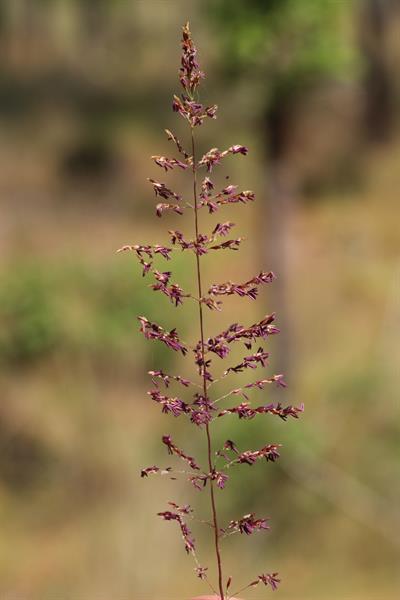 © Scott Ward | Sporobolus junceus | Original Image ⭷
© Scott Ward | Sporobolus junceus | Original Image ⭷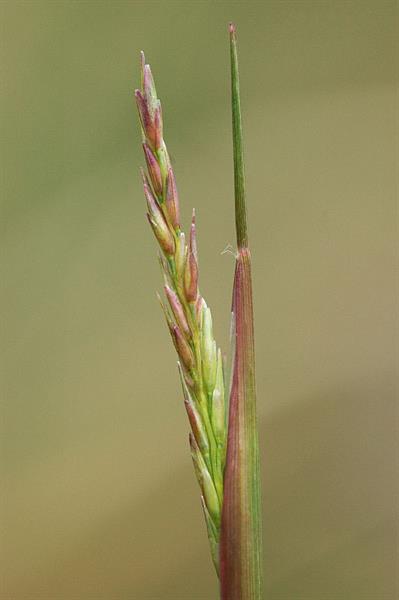 © Gary P. Fleming | Sporobolus clandestinus | Original Image ⭷
© Gary P. Fleming | Sporobolus clandestinus | Original Image ⭷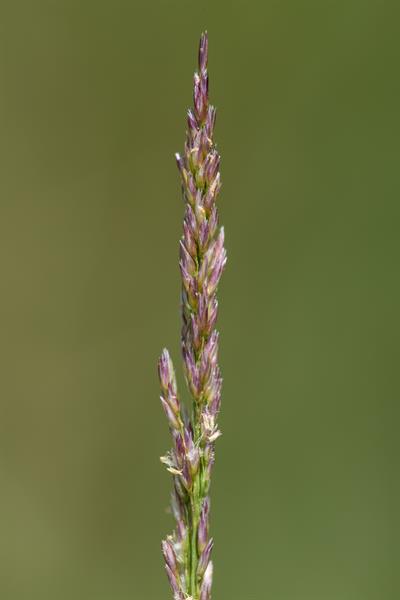 © Keith Bradley | Sporobolus virginicus | Original Image ⭷
© Keith Bradley | Sporobolus virginicus | Original Image ⭷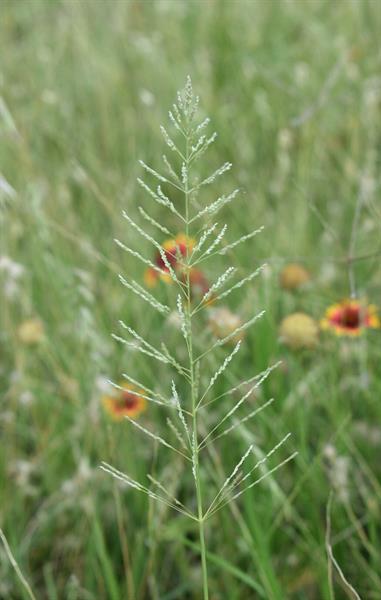 © Aidan Campos | Sporobolus pyramidatus source | Original Image ⭷
© Aidan Campos | Sporobolus pyramidatus source | Original Image ⭷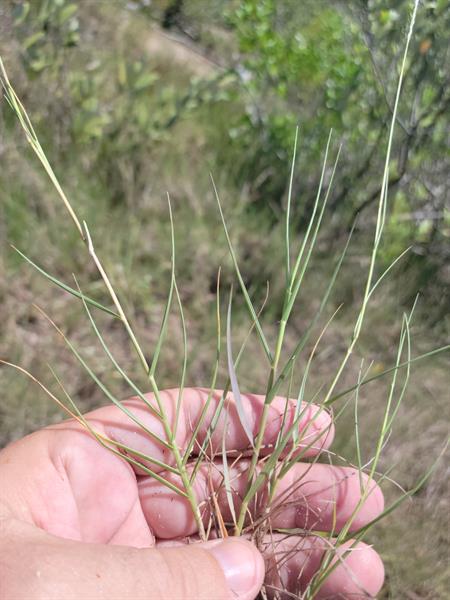 © Jay Horn | Sporobolus virginicus source | Original Image ⭷
© Jay Horn | Sporobolus virginicus source | Original Image ⭷Feedback
See something wrong or missing on about Sporobolus? Let us know here: (Please include your name and email if at all complicated so we can clarify if needed.)
Cite as...